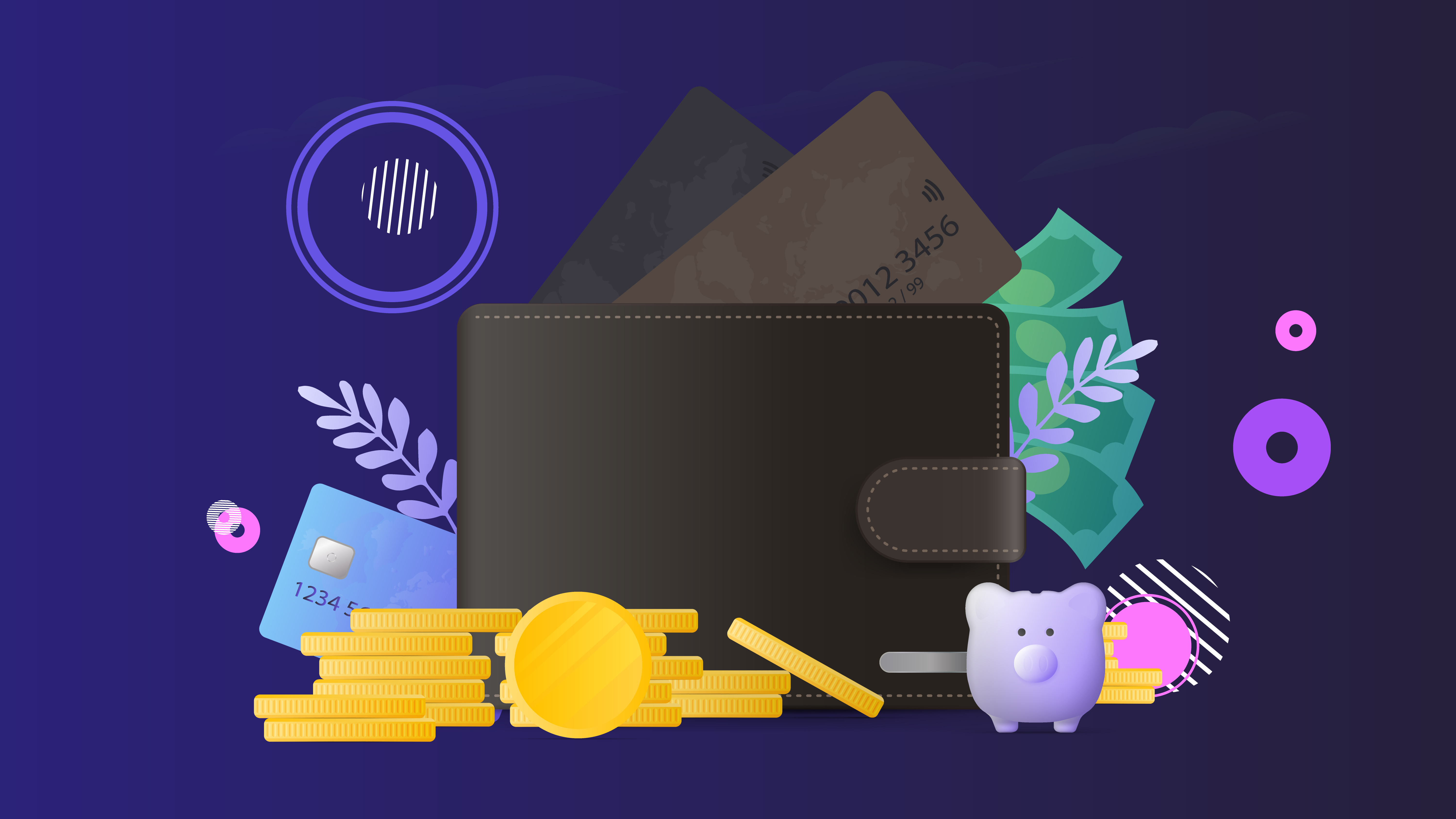As the Web3 ecosystem expands globally, wallets are no longer just tools for asset storage—they’re gateways to the entire crypto economy. But for new users, especially in emerging markets, the biggest hurdle remains converting fiat into stablecoins like USDT.
In this case study, we explore how a leading Web3 wallet integrated Transfi’s fiat-to-crypto on-ramp, enabling users in 12 countries to convert local currency into USDT with ease.
The Problem: Users Couldn’t Easily Buy USDT with Local Currency
While the wallet provided excellent multi-chain support and strong security features, its user acquisition and retention were hindered by one critical issue:
- Users had no seamless way to acquire USDT using fiat
- Reliance on external exchanges disrupted the onboarding journey
- Many target markets lacked reliable access to stablecoins
This was especially problematic in regions like Latin America, Southeast Asia, and Africa, where crypto adoption is rising, but access to stablecoins remains fragmented.
The Solution: TransFi’s Fiat-to-USDT On-Ramp API
The product team chose to integrate Transfi’s crypto on-ramp, allowing users to buy USDT using local payment methods directly inside the Web3 wallet.
Why Transfi?
- Global coverage: Support for 12 countries at launch, including India, Brazil, Nigeria, Philippines, and Turkey
- Local fiat support: Integration with region-specific payment methods (e.g., UPI, PIX, GCash, M-Pesa)
- Developer-friendly: Pre-built UI widgets, fast onboarding, and flexible API customization
- Compliance built-in: KYC/AML, fraud protection, and regulatory monitoring handled by Transfi
The Integration Process
Within two days, the wallet’s development team was able to:
- Implement Transfi’s Web3 wallet fiat-to-USDT integration via widget
- Customize the flow to match the wallet’s UX and branding
- Go live with fiat-to-USDT support across 12 regions
- Enable instant stablecoin access within the user dashboard
Results After Launch
1. 30% Increase in New Wallet Activations
Users were far more likely to complete onboarding once they could buy USDT directly with local currency.
2. Broader Global Reach
Markets that previously struggled with stablecoin access—such as Kenya, Vietnam, and Argentina—saw a surge in wallet downloads.
3. Improved Transaction Volume
Thanks to easy fiat entry points, daily USDT transaction volume grew by over 45% within the first month.
4. Higher User Retention
Users who acquired USDT via Transfi stayed active longer, often engaging with dApps, DeFi protocols, and NFT marketplaces through the same wallet.
Why Fiat-to-USDT Access Matters for Web3 Wallets
For the Web3 ecosystem to thrive, stablecoin onboarding must be seamless. Many users—especially in volatile economies—prefer USDT as a hedge against local currency devaluation. But without built-in fiat gateways, even the best wallets can lose potential users to centralized exchanges.
This case illustrates how fiat-to-crypto API solutions like Transfi serve as a growth engine for global Web3 apps.
Key Features That Powered the Integration
- Multi-country USDT on-ramp: Operates in 12+ countries with local rails
- Transfi USDT payment API: Secure, fast, and optimized for mobile
- Local fiat support: Accepts 100+ currencies and localized methods
- Compliance-first architecture: Handles regulatory challenges on behalf of the wallet
- Web3 wallet integration: Easily embeddable into mobile or browser extensions
Also read: Stablecoin Payments in Mali: Digital Tools for Merchants and Gig Workers
Final Thoughts
Adding fiat-to-USDT access changed everything for this Web3 wallet—from expanding into new markets to boosting user activity and retention. For Web3 products looking to scale globally, stablecoin accessibility isn’t a nice-to-have—it’s mission-critical.
Transfi’s infrastructure allowed this wallet to offer seamless fiat-to-USDT conversion, improve user experience, and support global users where they are, in their local currencies.
If you’re building a crypto wallet and looking to unlock global growth, explore Transfi’s developer tools to enable local fiat-to-crypto onboarding today.
Frequently Asked Questions
Q: What stablecoins does Transfi support in wallets?
Primarily USDT and USDC, with regional support across multiple chains like Ethereum, Polygon, and Tron.
Q: Can users buy USDT with mobile wallets or bank transfer?
Yes. Transfi integrates with local payment methods such as UPI, PIX, GCash, and others.
Q: Is Transfi API only for wallets?
No. Transfi serves a range of Web3 products, including DeFi apps, NFT platforms, and exchanges.
Q: What was the time-to-market for this wallet integration?
Initial integration and testing took less than 48 hours, with full deployment within a week.
Table of Contents
Suggested Article
Explore our products

Make global payments at the speed of a click

Accept payments, remove borders.

Unlock Seamless Digital Currency Transactions Anywhere








.png)














